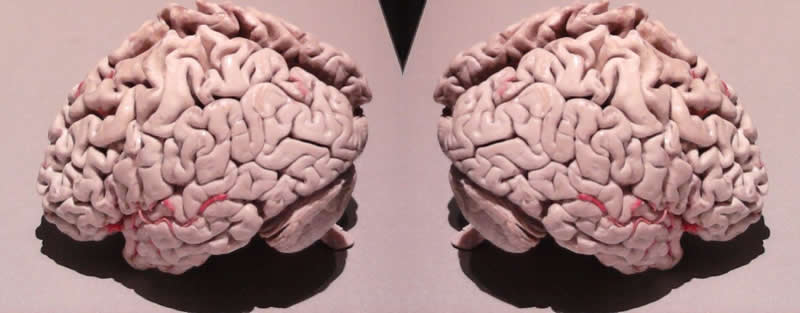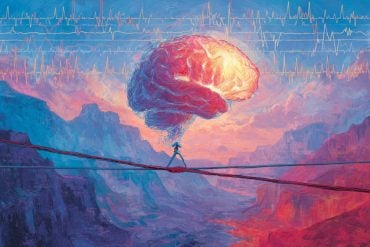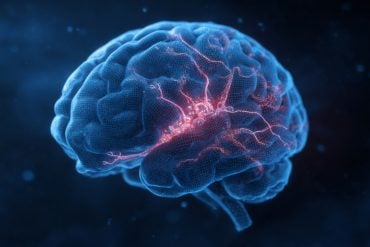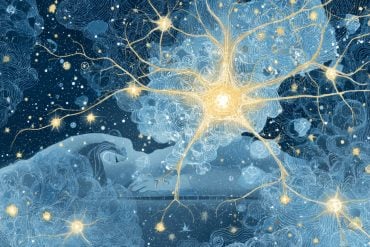Despite widespread use of a single term, Alzheimer’s disease is actually a diverse collection of diseases, symptoms and pathological changes. What’s happening in the brain often varies widely from patient to patient, and a trigger for one person may be harmless is another.
In a unique study, an international team of researchers led by USC psychologist Margaret Gatz compared the brains of twins where one or both died of Alzheimer’s disease. They found that many of the twin pairs not only had similar progressions of Alzheimer’s disease and dementia prior to death, but they also had similar combinations of pathologies — two-or-more unconnected areas of damage to the brain.
The paper is part of Gatz’s landmark body of work on aging and cognition with the Swedish Twin Registry, a large cohort study of more than 14,000 Swedish twins, now over the age of 65. Across nearly 30 years, Gatz’s work with twins — including genetically identical pairs — has shifted the study of Alzheimer’s disease to include the entire lifespan, including the effects of developmental exposure, periodontal disease, mental health, obesity and diabetes on later-life Alzheimer’s risk.

The current paper provides more evidence that there may not be a single smoking-gun cause of Alzheimer’s, but rather a range of potential causes to which we may be susceptible largely depending on our genetics. It appears in the current issue of the journal Brain Pathology.
“We try to make inferences based on tests and diagnoses, but we have to assume that what we’re seeing is a manifestation of what’s going on in these twins’ brains,” said Gatz, professor of psychology, gerontology and preventive medicine in USC Dornsife College. “For this reason, we wanted to compare the brains of twins to ask whether identical twins’ brains are actually more identical?”
The researchers had the rare opportunity to directly autopsy the brains of seven pairs of twins who both died after being receiving diagnostic evaluations over many years, including a pair of identical twins who were both diagnosed with Alzheimer’s and died within a year of one another at the age of 98.
“There may be risk factors that start to accumulate but don’t lead to a clinical diagnosis,” explained lead author Diego Iacono of the Karolinska Institute in Sweden and the Biomedical Research Institute. “We found that the presence of Alzheimer’s disease doesn’t preclude the presence of other damage. Looking at co-pathologies in twin pairs may present new areas for research aside from the typical factors.”
For example, while there’s wide consensus among experts about the course of Alzheimer’s disease and the presence of amyloid plaques and tangles in the brain, what starts the process going is less clear, including the role of lesions, Lewy bodies and vascular or ventricle damage, more often associated with specific types of dementia such as Parkinson’s disease.
“Identical twins tended to have similar combinations of pathologies. We looked not just at the hallmark indicators of Alzheimer’s, but at all the other damage in the brain. Across the whole array of neuropathological changes, the identical twins appeared to have more similar pathologies,” Gatz said. “This is fascinating: it’s not just a key pathology related to the twins’ diagnoses but the combination of things happening in their brains. We’re going to keep looking for what these combinations are.”
Notes about this Alzherimer’s disease research
The research was funded by the NIH grants R01 AG08724, AG04563, AG10175 AND AG08861.
Kuo’s co-authors include Gray R. Lyons, Ryan O. Andersen, Khadar Abdi, and Won-Seok Song from the Duke University School of Medicine.
This press release was submitted directly to NeuroscienceNews.com by Suzanne Wu at USC. Thanks Suzanne.
Contact: Suzanne Wu – USC
Source: USC press release
Image Source: The image was created by NeuroscienceNews.com and adapted from a public domain image by SunOfErat.
Original Research: Abstract for “Neuropathologic assessment of dementia markers in identical and fraternal twins” by Diego Iacono, Inga Volkman, Inger Nennesmo, Nancy L. Pedersen, Laura Fratiglioni, Boo Johansson, David Karlsson, Bengt Winblad and Margaret Gatz in Brain Pathology. Published online January 24 2014 doi:10.1111/bpa.12127






